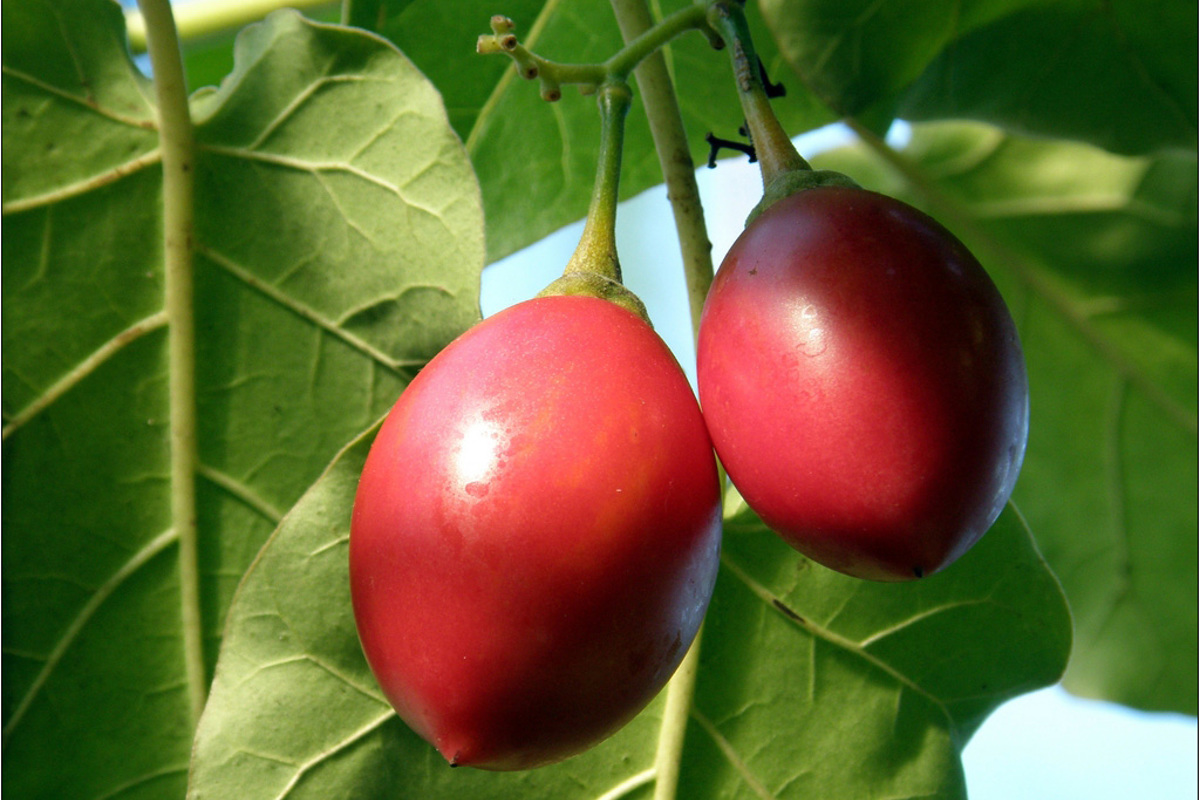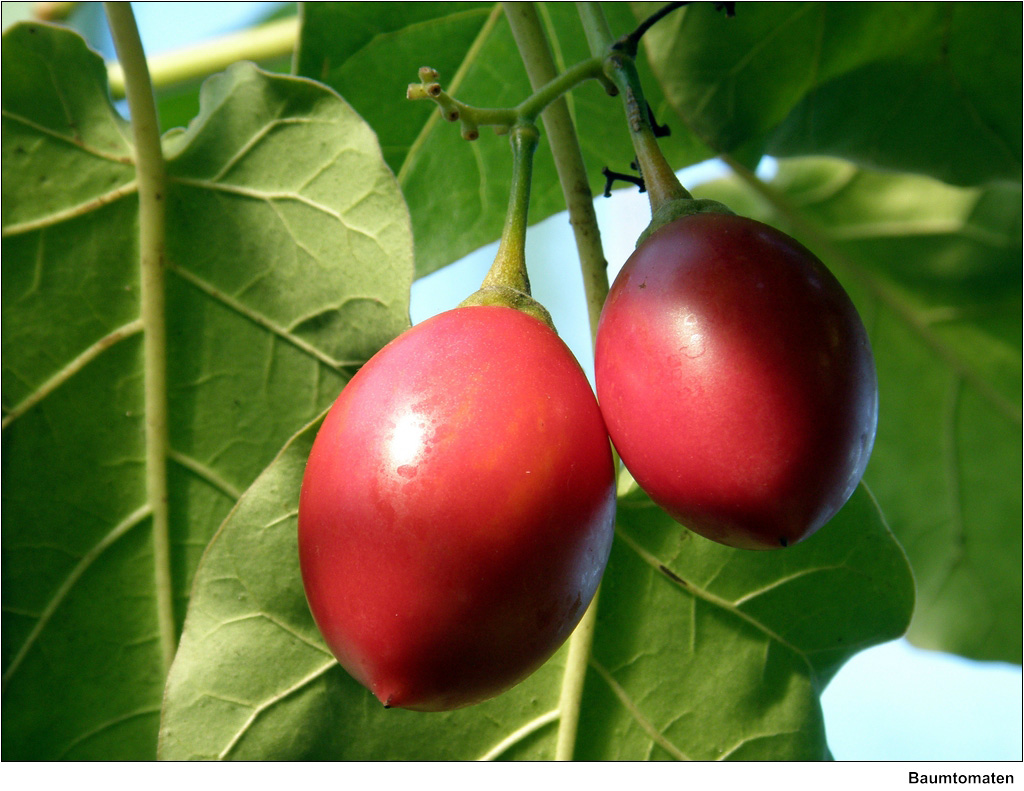Physical characteristics
A
Flowers and foliage
Leaves are large, ovate, mid-
Preferred site
Performs best in a warm, sunny spot shelte
Preparation for planting
Always choose healthy, well-grown
Maintenance tips
Apply an organic mulch
Pests and diseases
Aphids, psyllids and
Location at Auckland Botanic Gardens
Edible Garden
Interesting facts and tips
Tamarillo's came to NZ in the late 1800's and as originally known as the 'tree tomato' but kiwis prefer to refer to it as the 'tamarillo' now. The fruit is high in a good source of Vitamin A, B6, C & E and has high levels of iron and potassium. They are low in calories and high in fibre. Eat by cutting in half and scooping out the fruit pulp. It can be used in salads, jams and chutneys.




.jpg?width=1200&height=1200&v=1d4024dceb89e50)

.jpg?width=1200&height=1200&v=1d5569224d63650)
 .jpg?width=1200&height=1200&v=1d4024df6ce2770)
.jpg?width=1200&height=1200&v=1d55676a892f2b0)
 .jpg?width=1200&height=1200&v=1d4024e3b65f7f0)